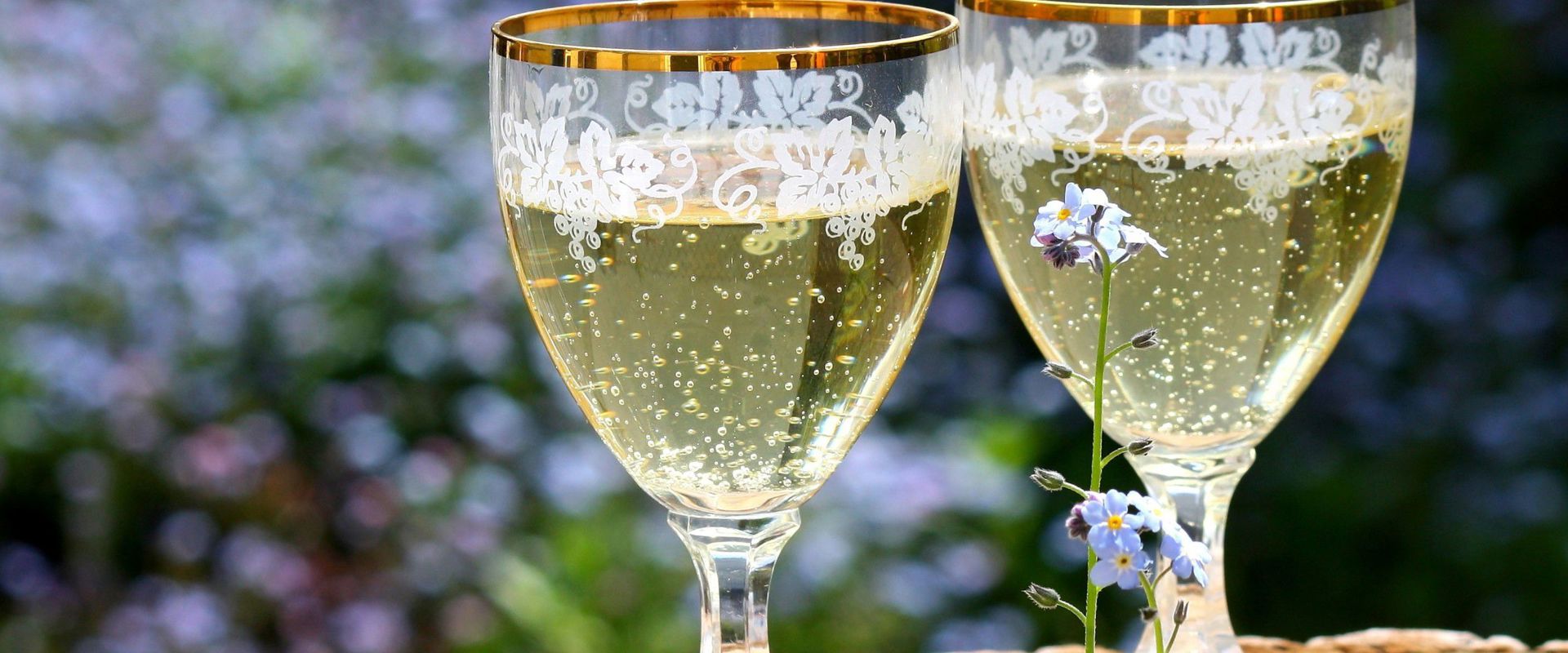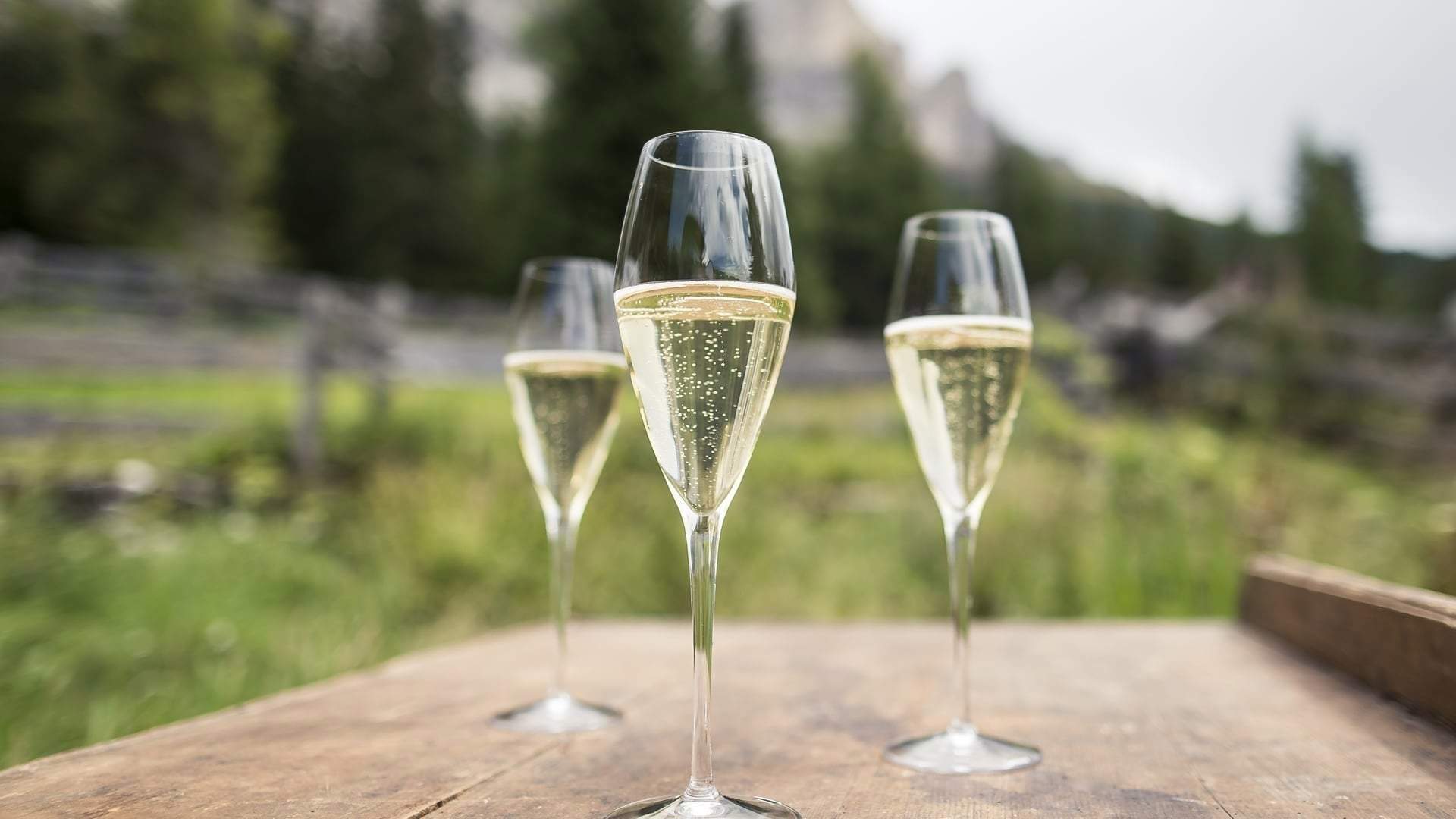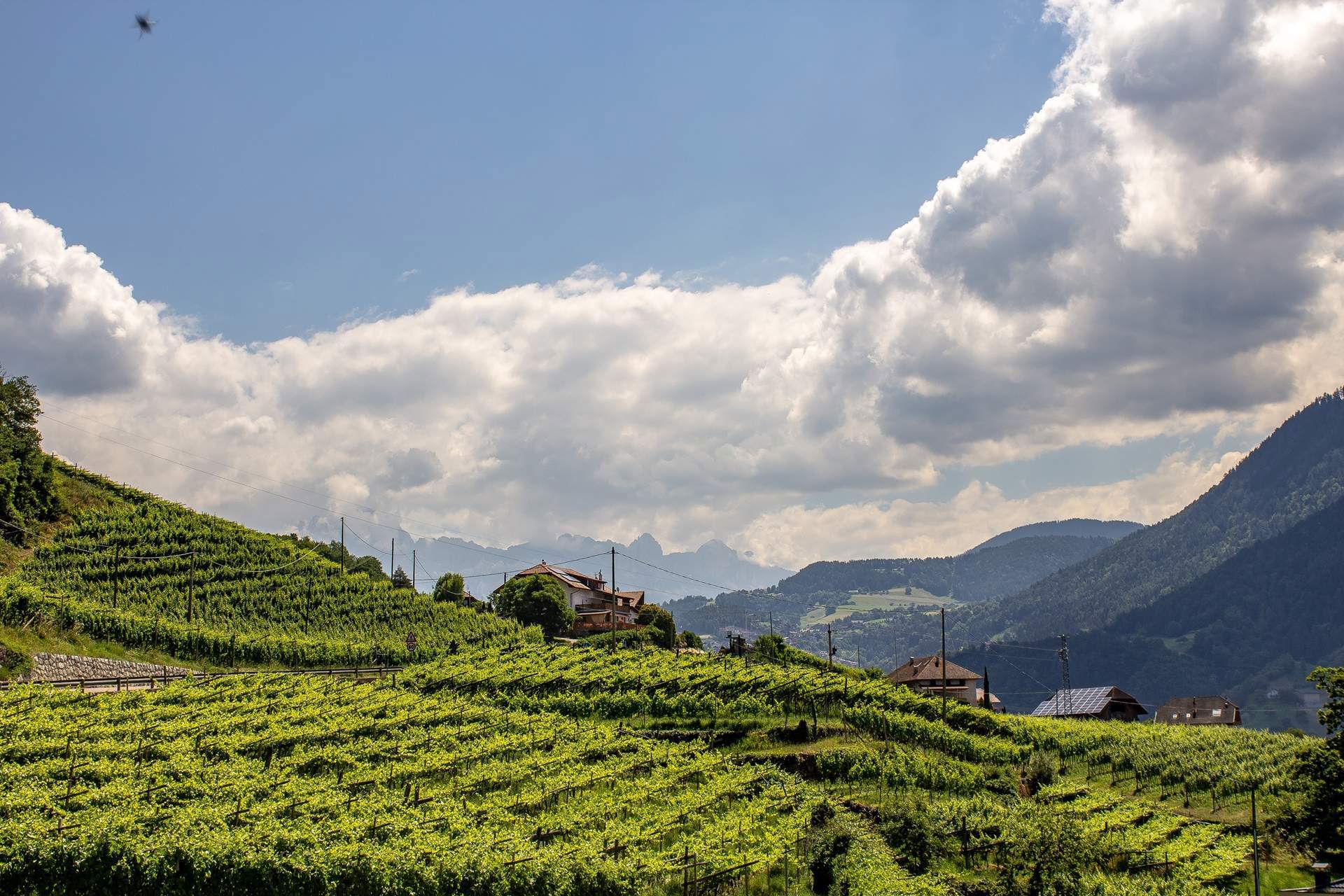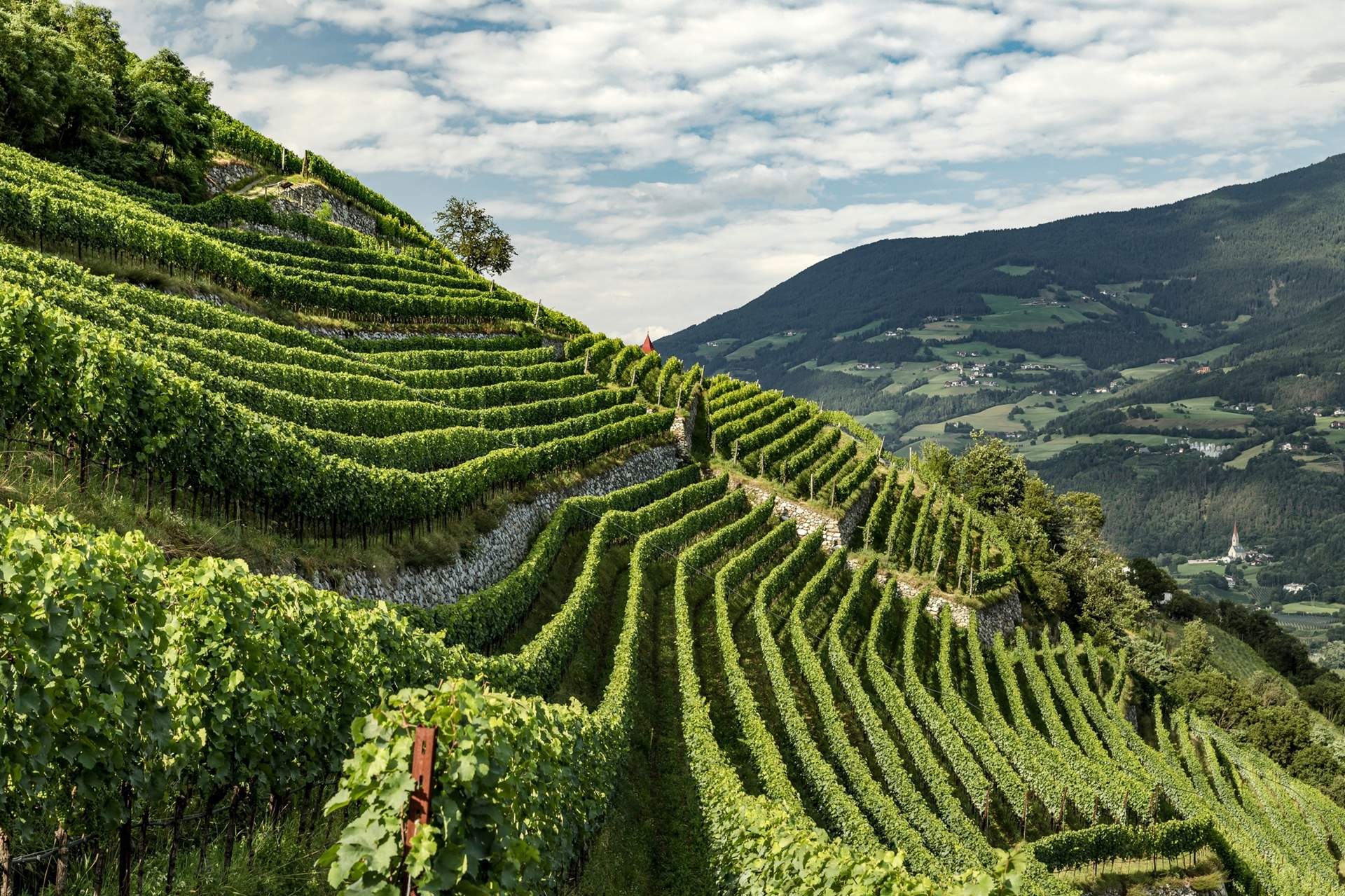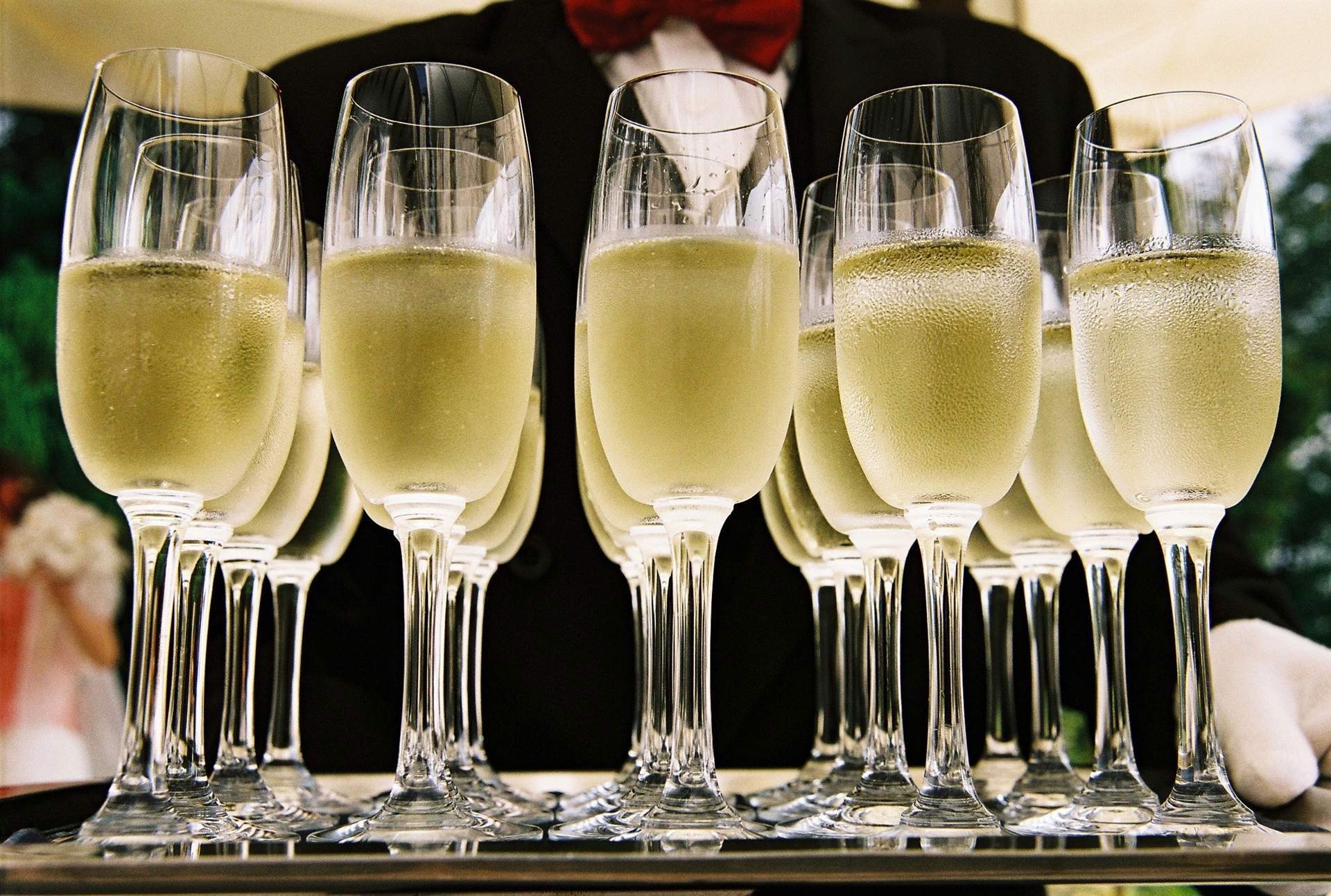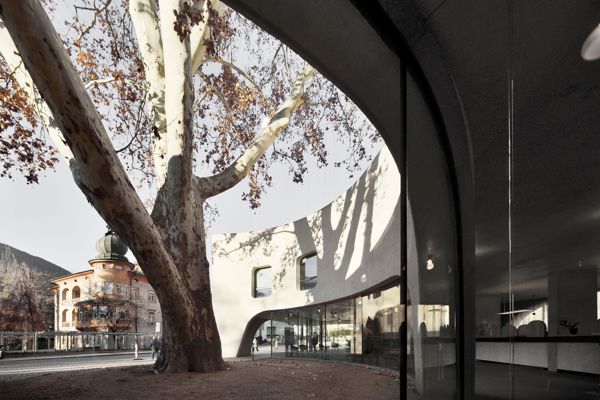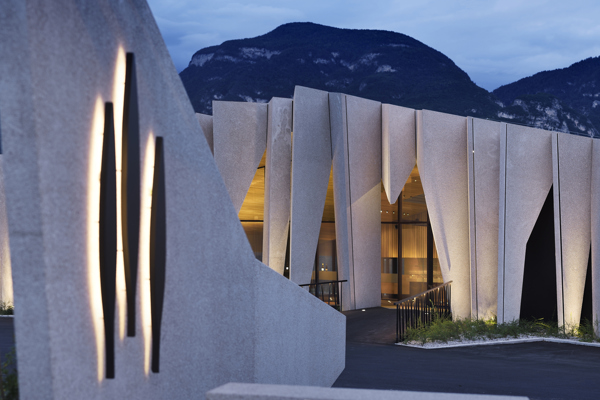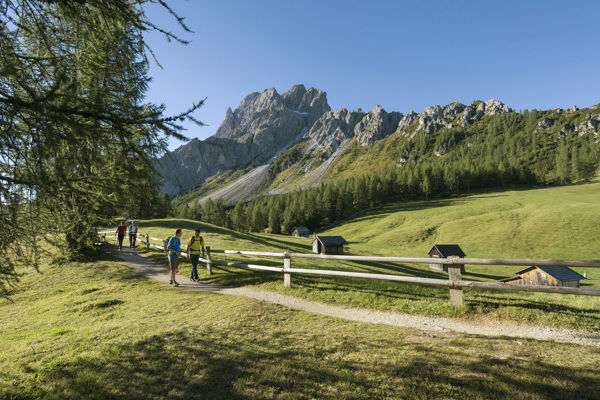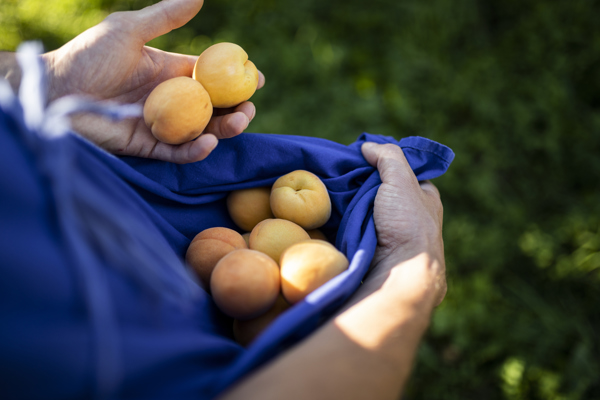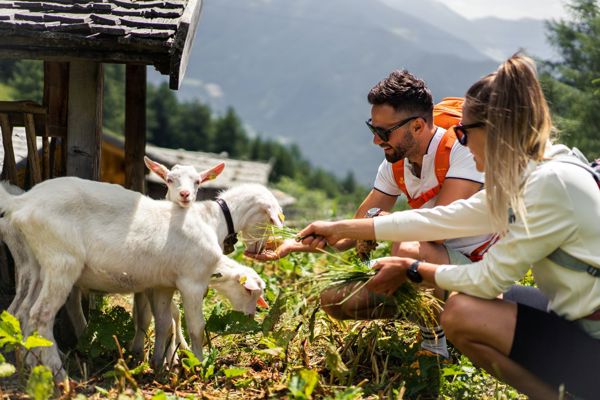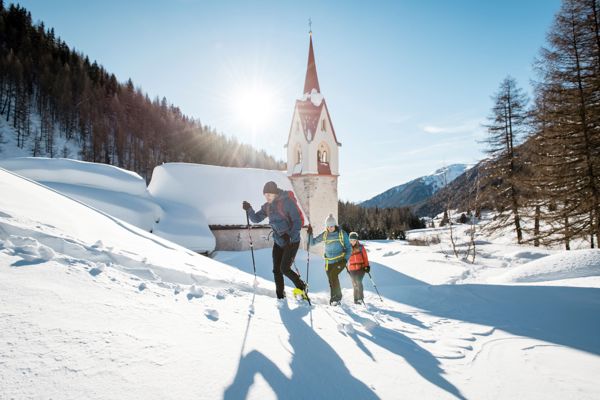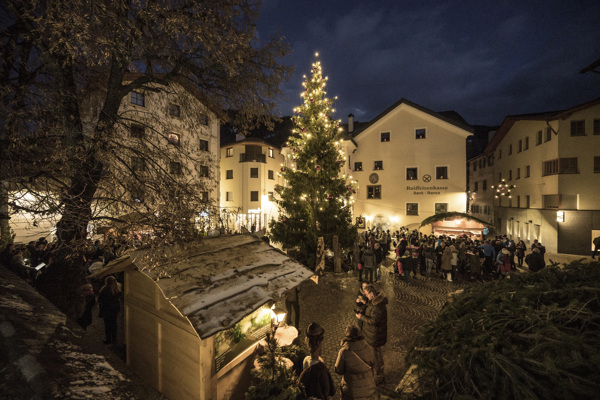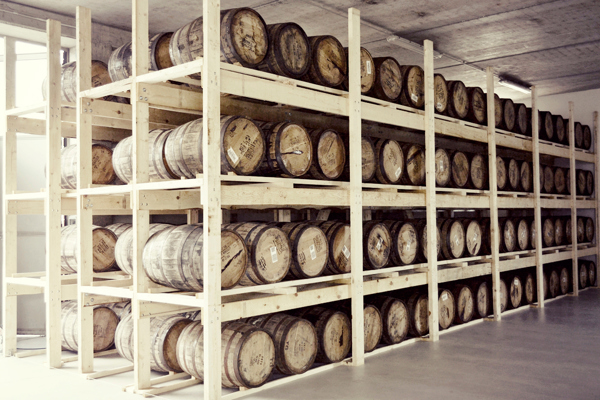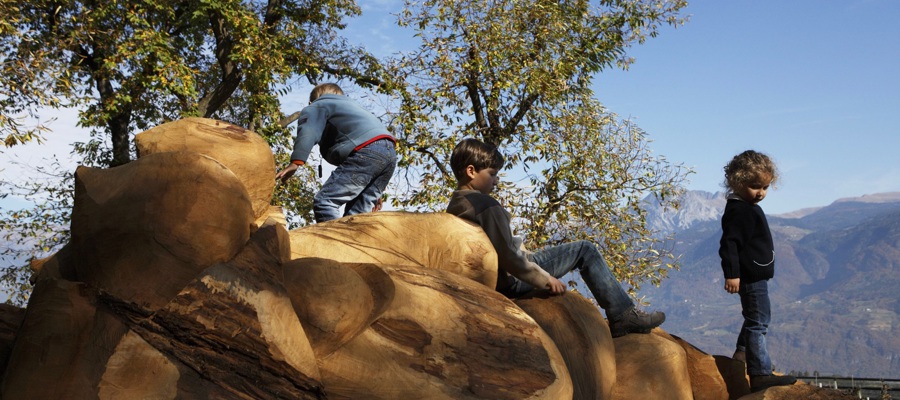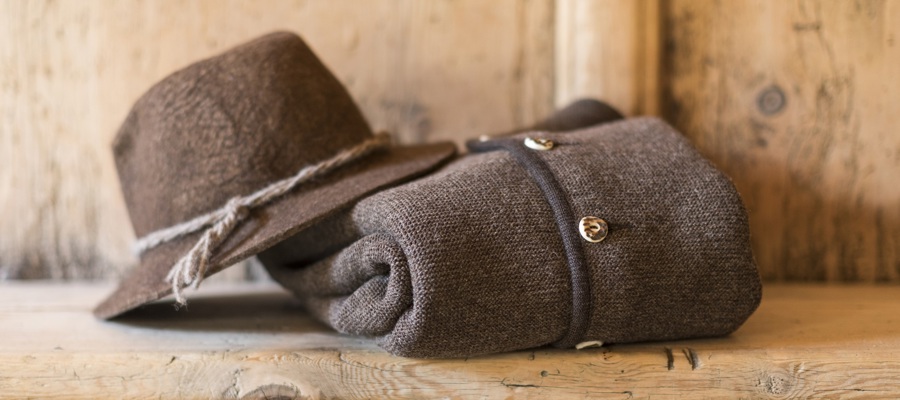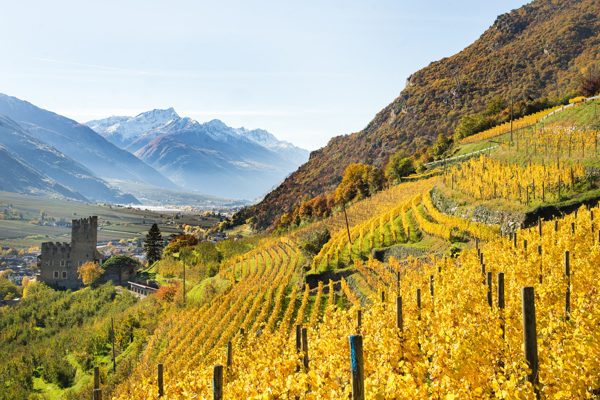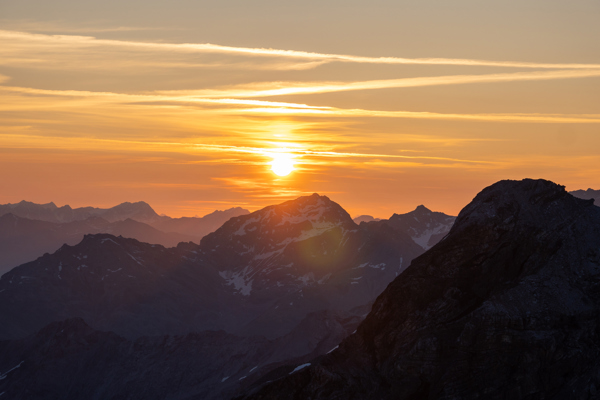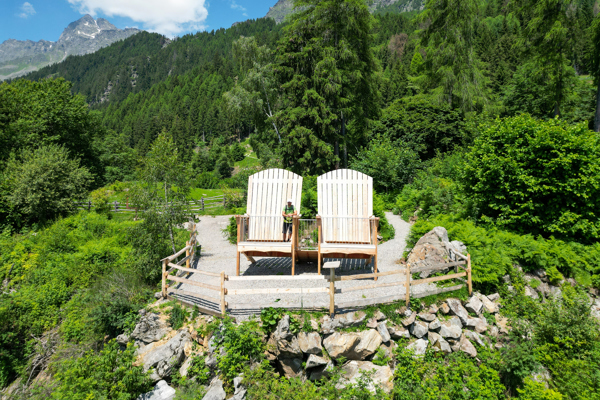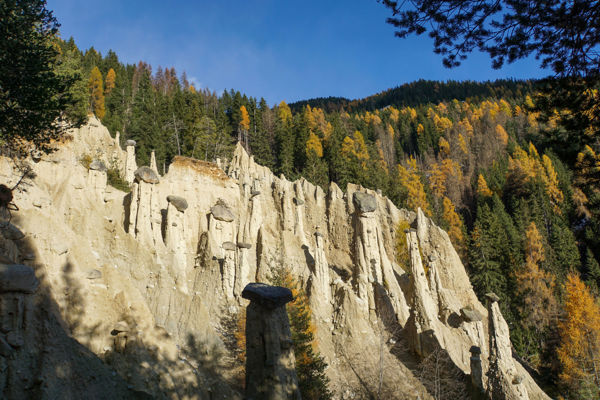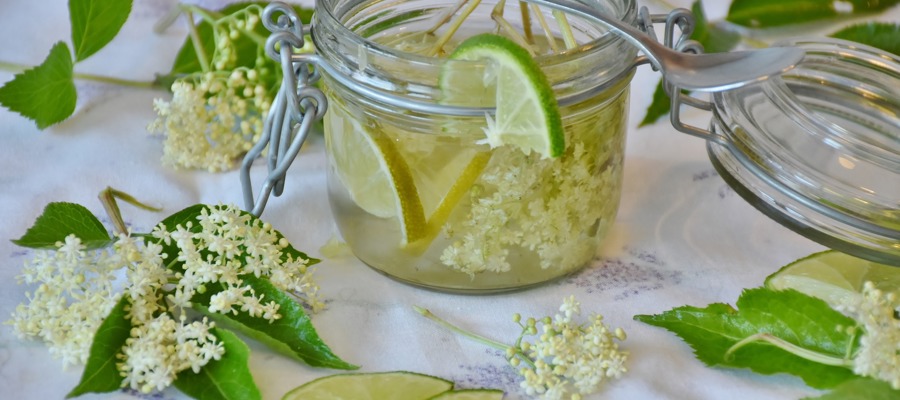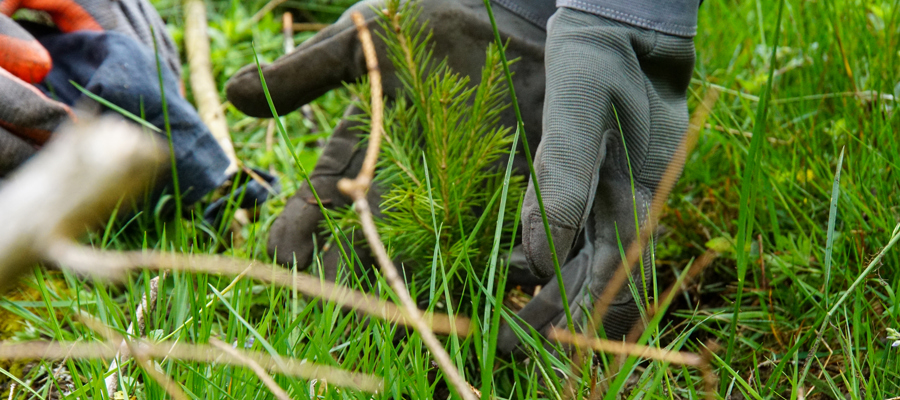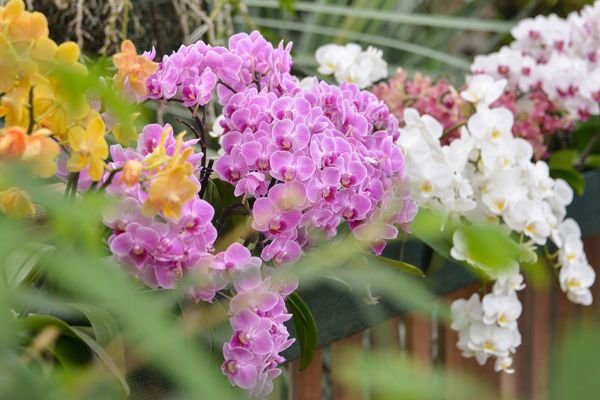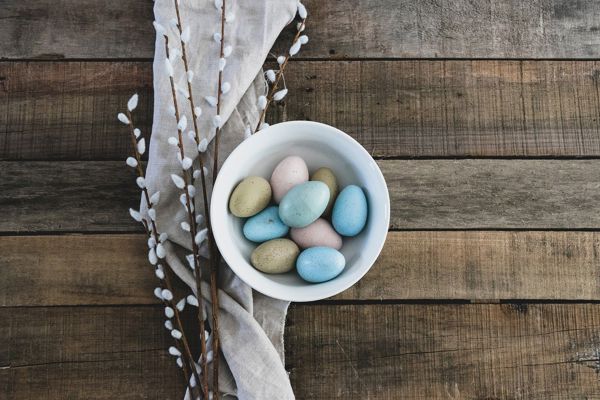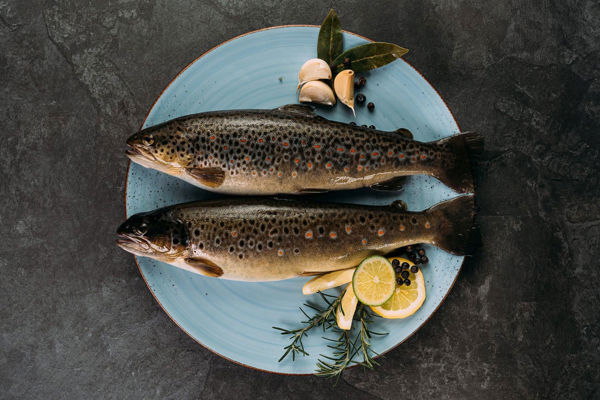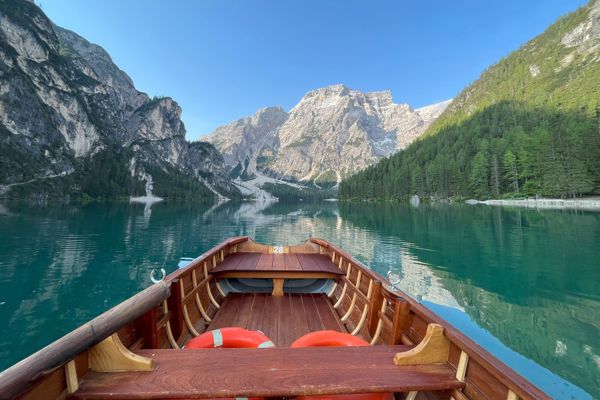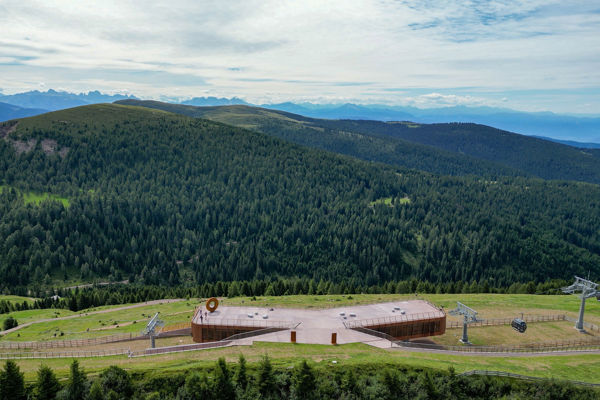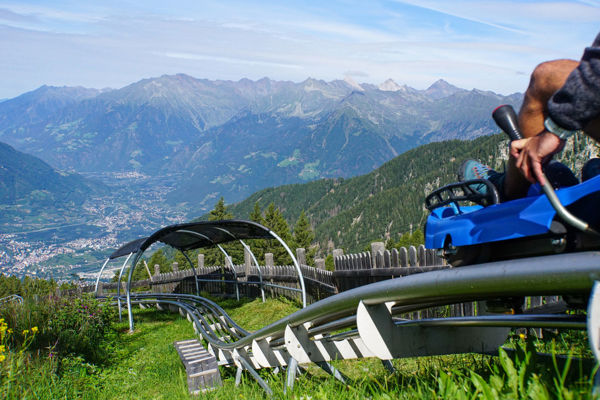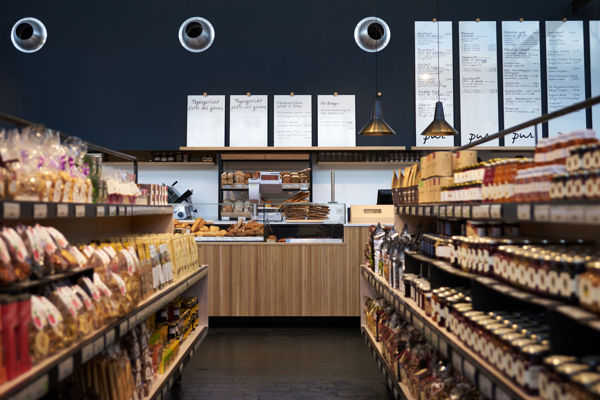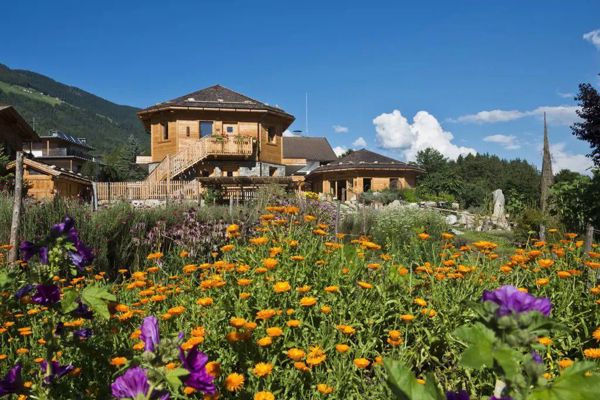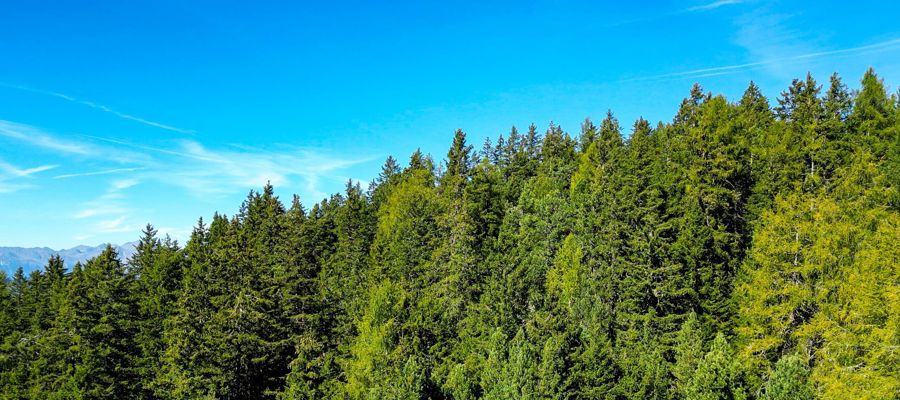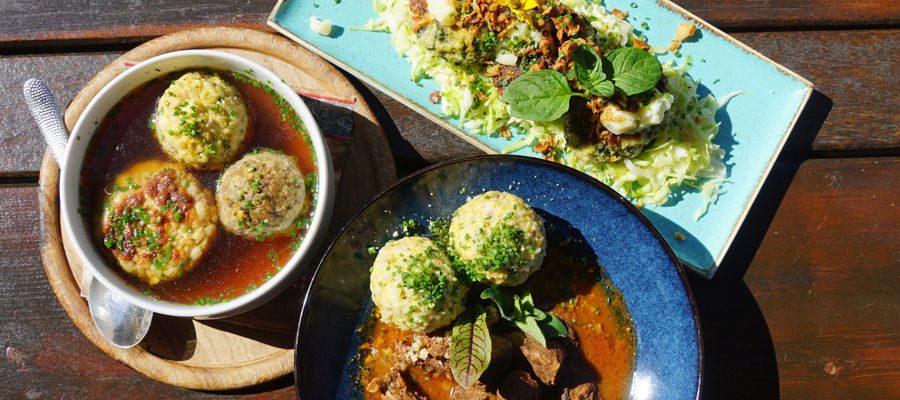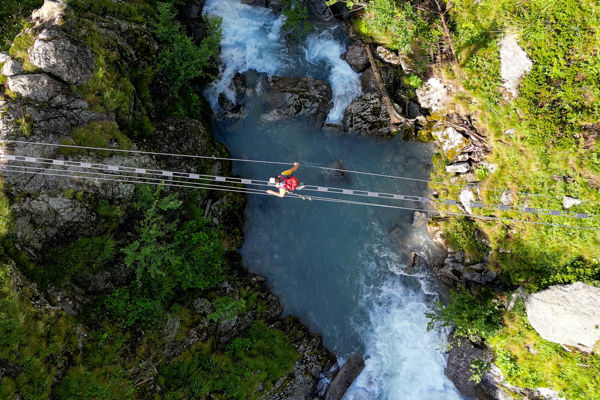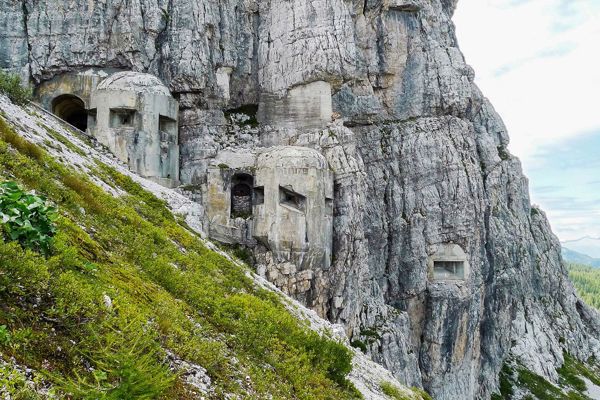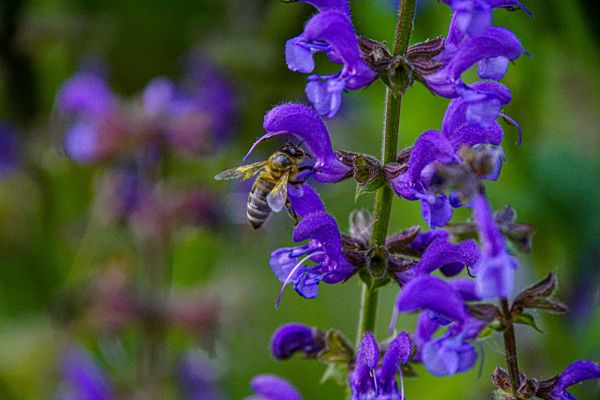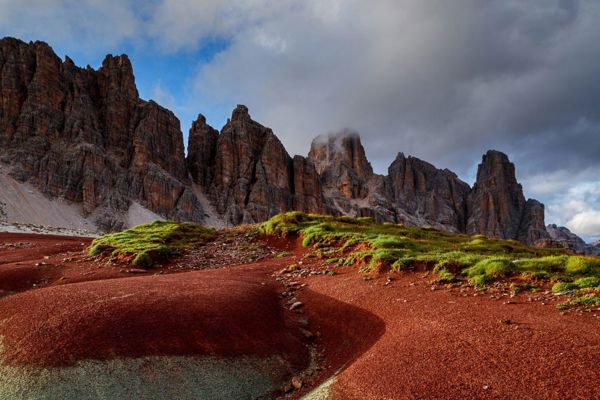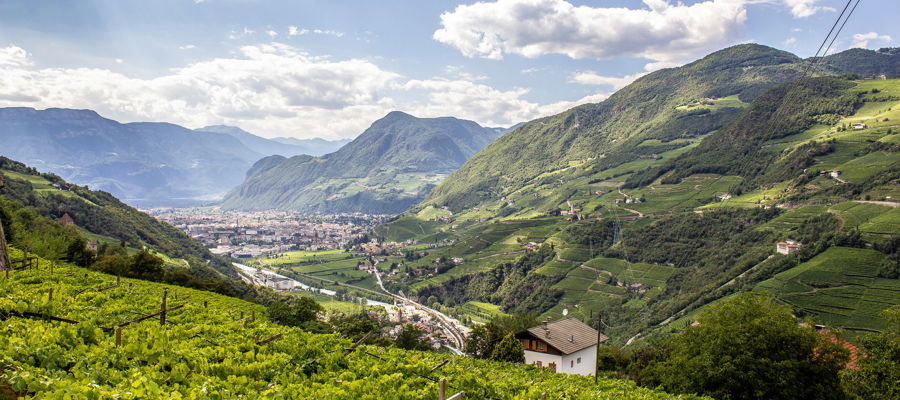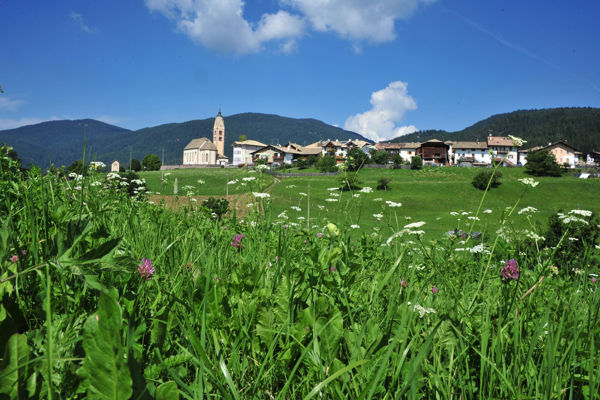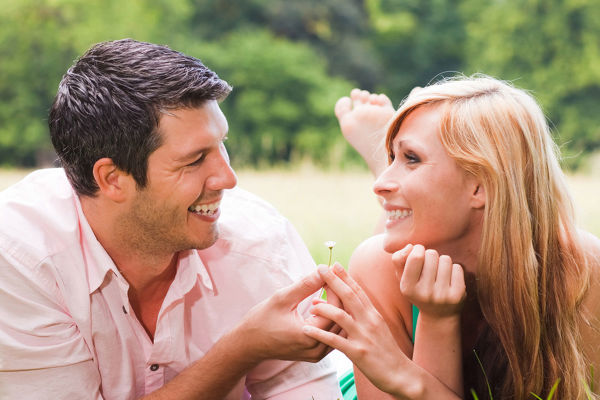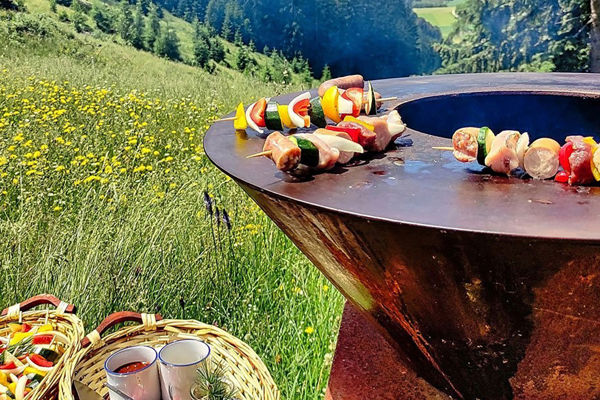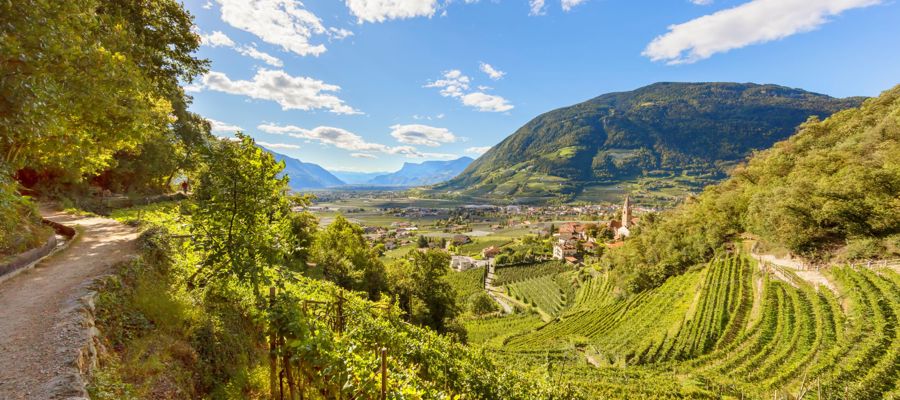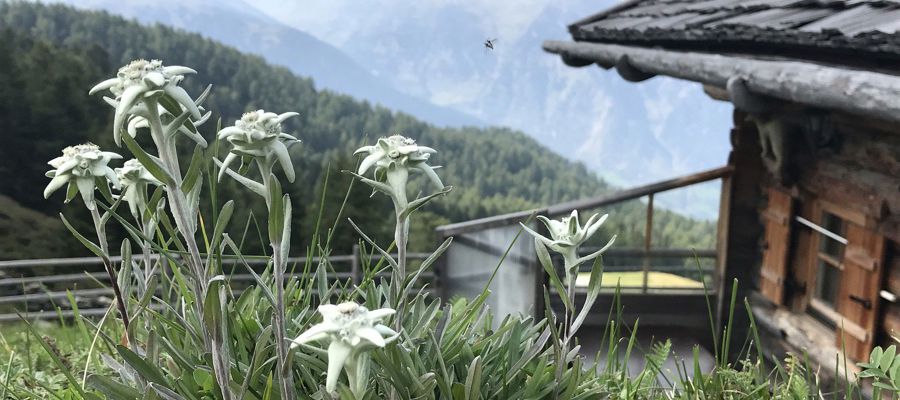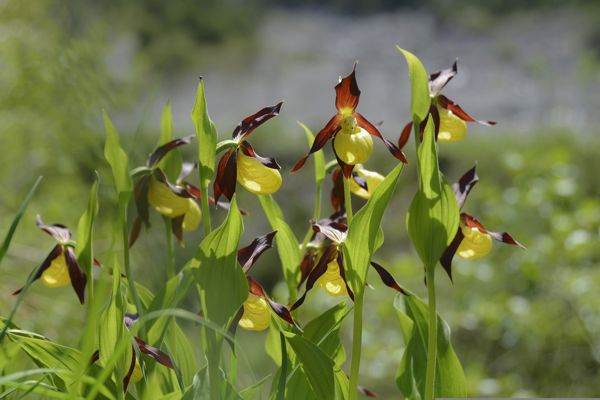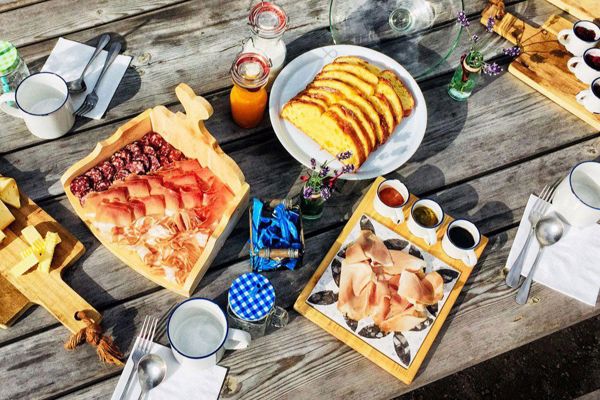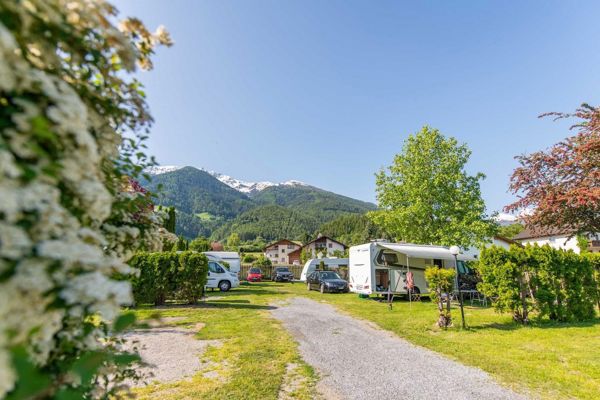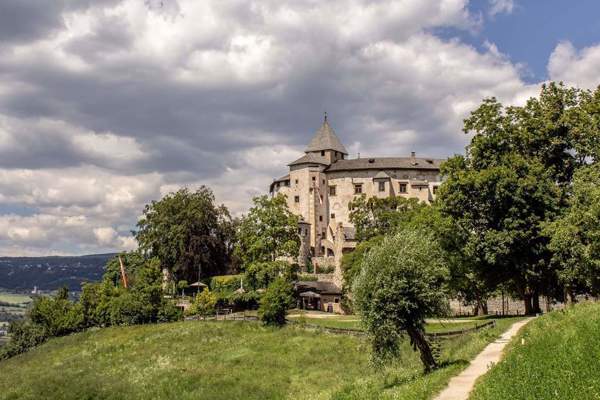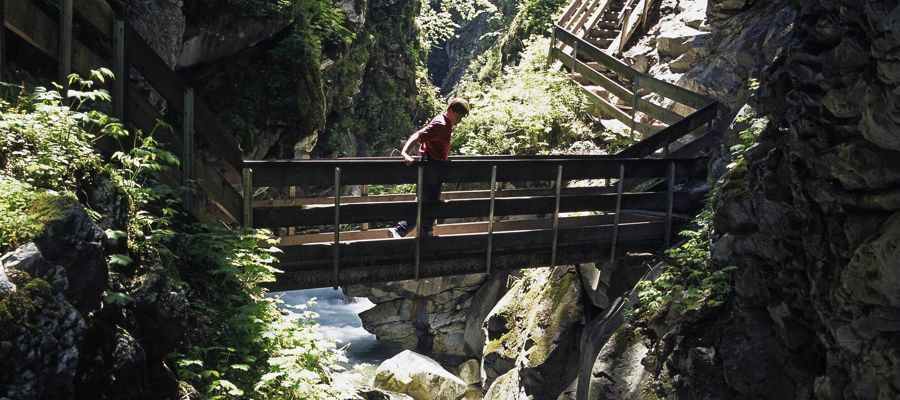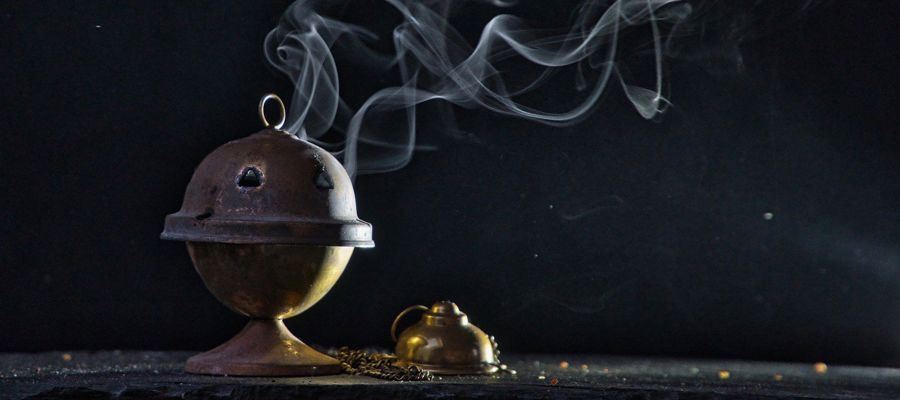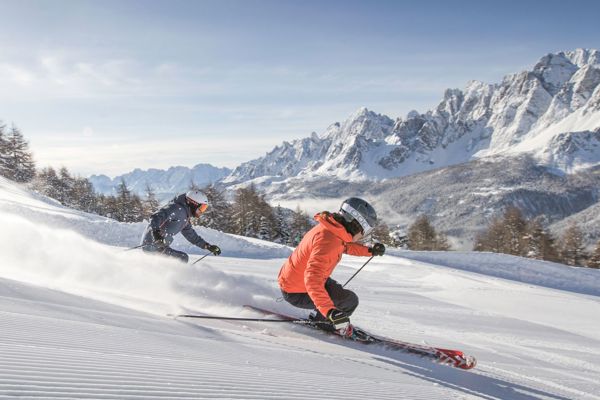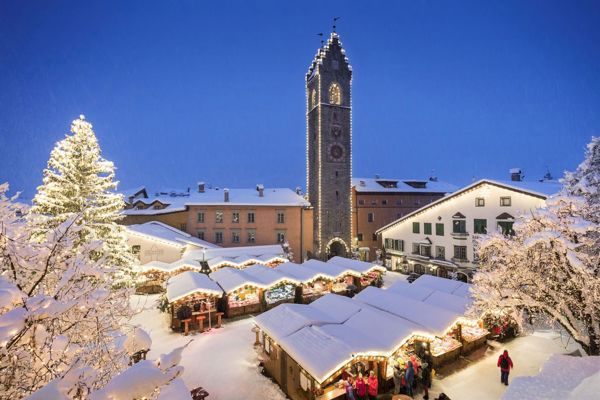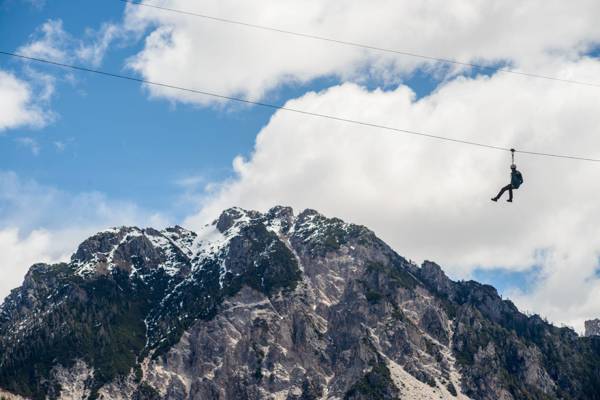Sparkling pleasure from South Tyrol
Whether at Christmas celebrations, New Year's Eve parties or small get-togethers, good company is not the only way to ensure a good mood, but also delicious food and carefully selected drinks for toasting. In addition to the famous French champagnes, well-known South Tyrolean vineyards and wineries offer not only white and red wines, but also excellent sparkling wines.
The history of South Tyrolean sparkling wine
The first South Tyrolean sparkling wine was produced from Riesling grapes by the Überetscher Champagnerkellerei in Eppan in 1902. However, the annexation of South Tyrol to Italy brought sparkling wine production to a standstill. It was only at the beginning of the 1960s, after a long break, that ambitious cellar masters ventured back into the production of this fresh, bubbly drink. Subsequently, in 1990, South Tyrolean producers joined together to form the South Tyrolean Sparkling Wine Producers' Association. Currently, 10 South Tyrolean producers are members.
Grapes with character
Steep, sun-drenched slopes between the Alpine mountains and Mediterranean valley floors, as well as strong temperature fluctuations between day and night, provide the ideal climate for the precious South Tyrolean grapes. The vines grow on high, alpine sites between 500 and over 1,000 metres above sea level and on warm, mineral-rich rocky soils. This terroir offers the best conditions for delicate acidity, multi-faceted flavours and exceptional drinking pleasure. Only grapes of controlled origin (DOC) of the basic wine varieties Chardonnay, Pinot Blanc and Pinot Noir are used. They are also harvested slightly earlier than grapes for wine production in order to achieve an optimum balance between fruit sweetness and acidity.
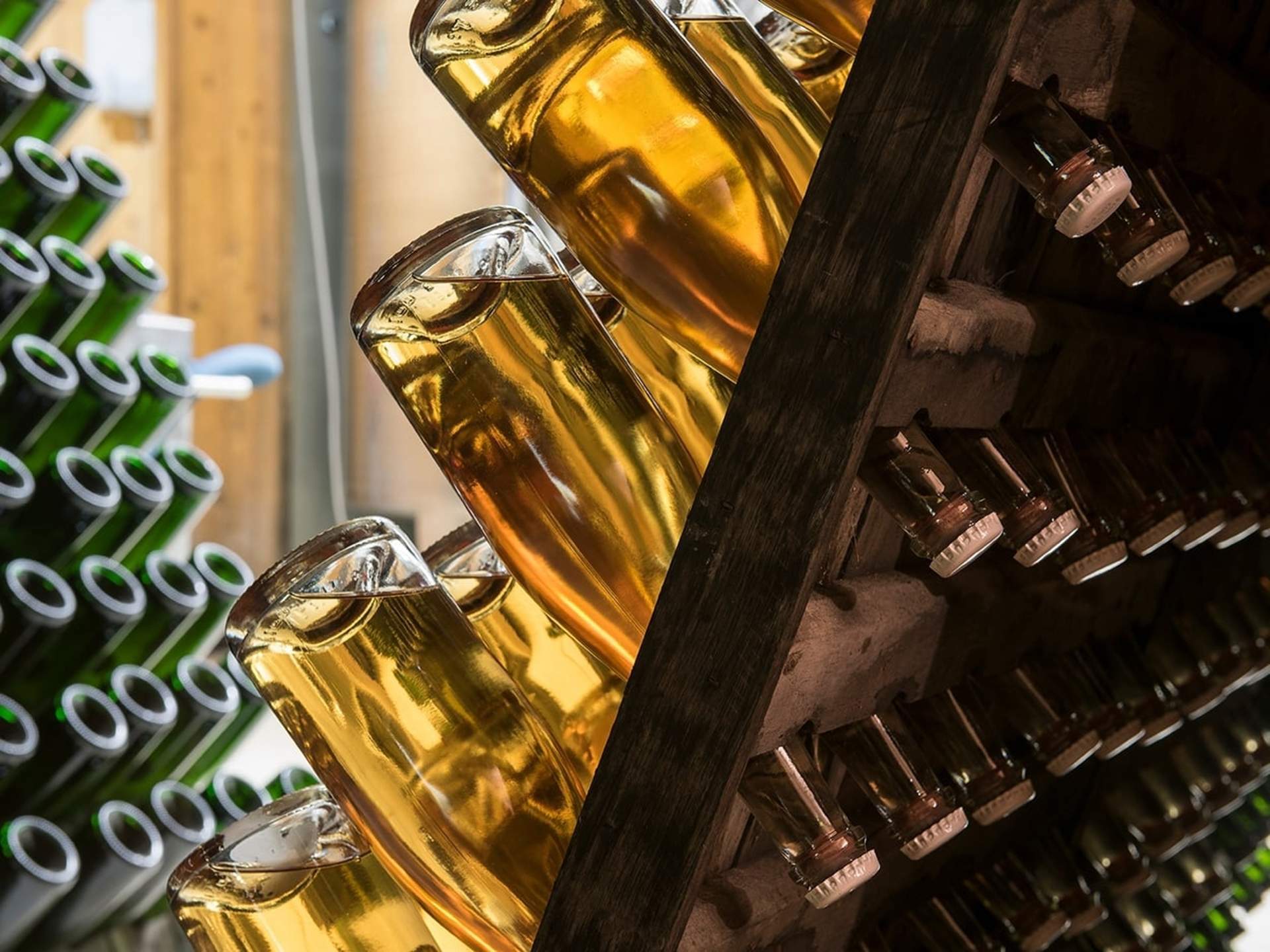
The sparkling wine producers.
ArundaFinest perlage
In addition to the first-class grapes, the production method and the long ageing process also play a decisive role in the quality of South Tyrolean sparkling wine.
South Tyrolean sparkling wine producers use the classic method of maturing sparkling wine. This involves a second elaborate bottle fermentation. The bottles are turned several times a week and yeast is removed by freezing the neck of the bottle. Sugar and yeast are gently converted into alcohol and carbon dioxide. This is why South Tyrolean sparkling wines only contain natural carbon dioxide. The natural maturing time from wine to sparkling wine ranges from 15 months to several years (usually 2 or 3) until the fresh flavours and fine fruit acids of the grapes are transformed into smooth South Tyrolean sparkling wine pearls.
A special bottle
Every year, the members of the South Tyrolean Sparkling Wine Association combine 100 litres of their base sparkling wine into a cuvée to bring a limited edition of 200 double magnum bottles onto the market. The different characters of the wines blend harmoniously to create an exciting symphony of flavours.
The sparkling wine producers
The well-known sparkling wine cellars that have dedicated themselves to fine sparkling wines include 10 producers to date:
- Arunda Sektkellerei in Mölten
- Kellerei Kettmair in Kaltern
- Kellerei Kurtatsch
- Kellerei Meran
- Praeclarus – Kellerei St. Pauls
- Sekt- und Weinkellerei Braunbach in Terlan
- Sektkellerei Lorenz Martini in Girlan
- Weingut Haderburg in Salurn
- Kellerei Kaltern
- Weingut Pfitscher in Montan
So if you've never heard of South Tyrolean sparkling wine before, we hope we've piqued your curiosity. Nothing stands in the way of tasting these fine bubbles for Christmas, New Year's Eve or other special occasions. You can find a detailed portrait of all producers with contact details and a link to the respective online shop on the association's website.
